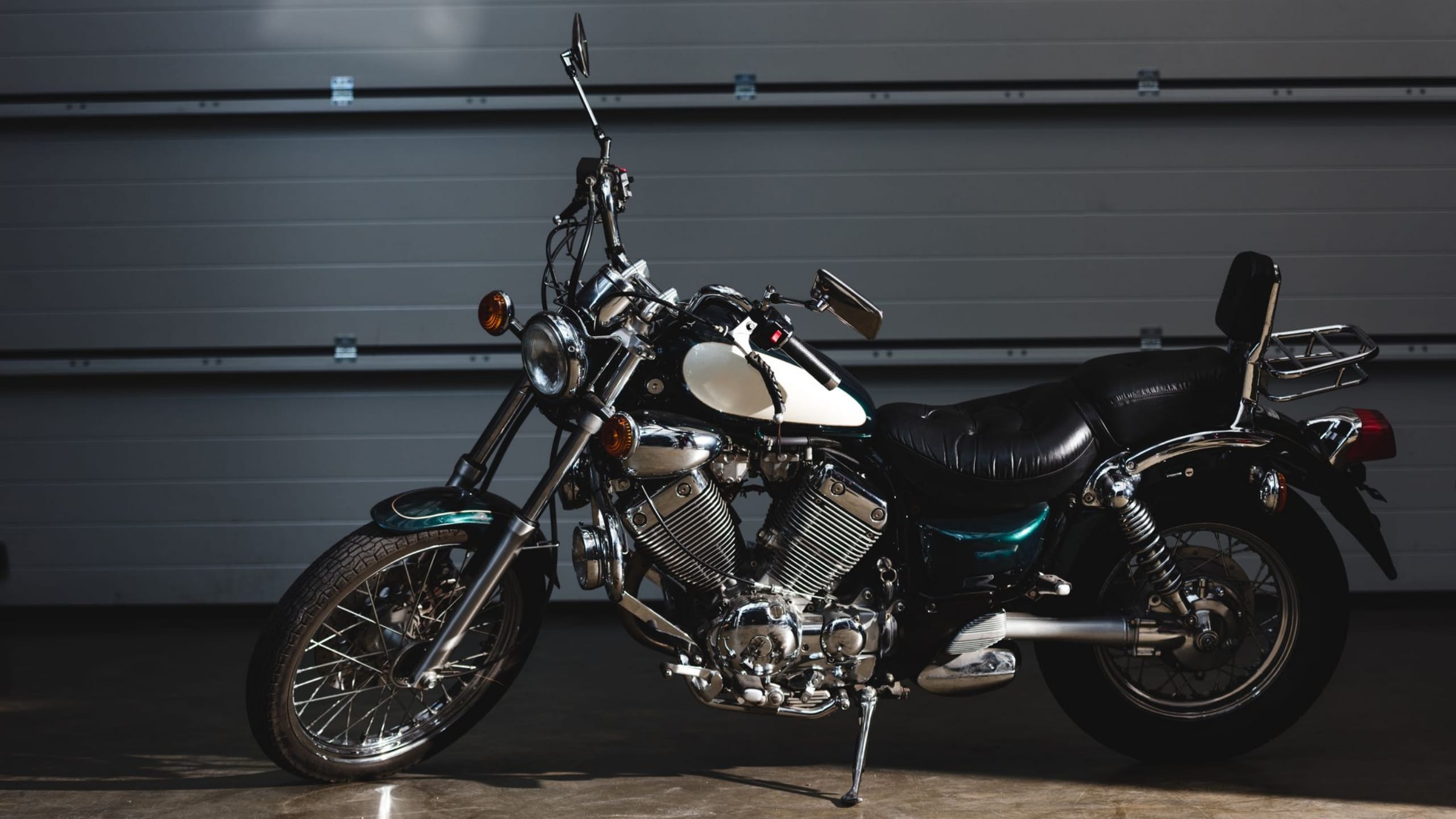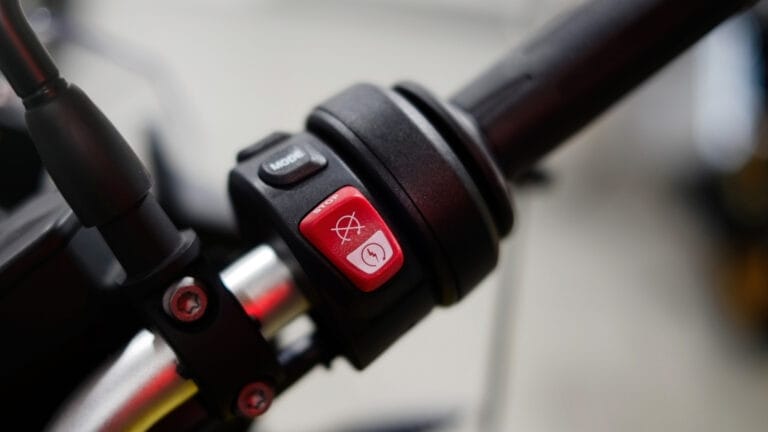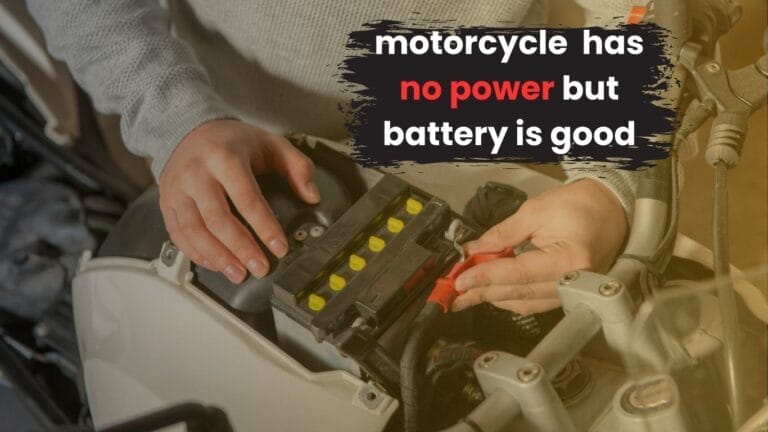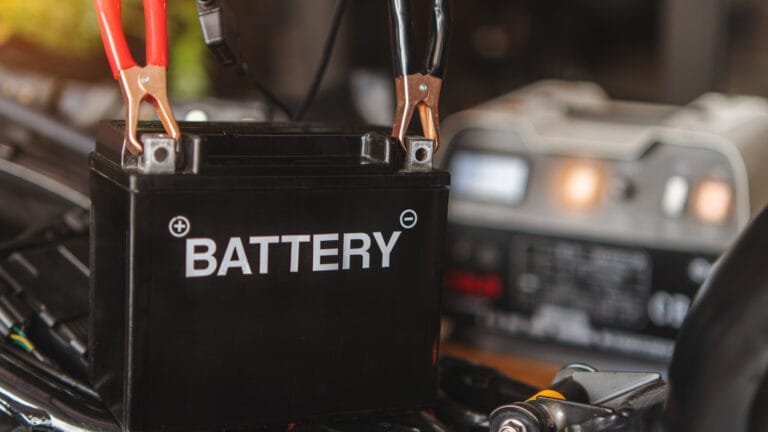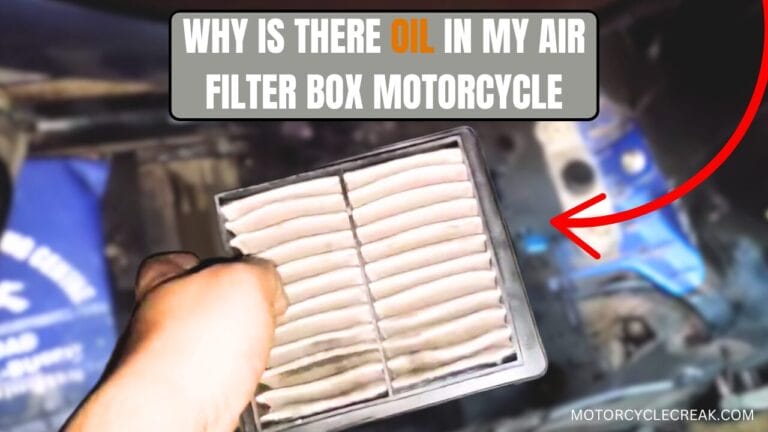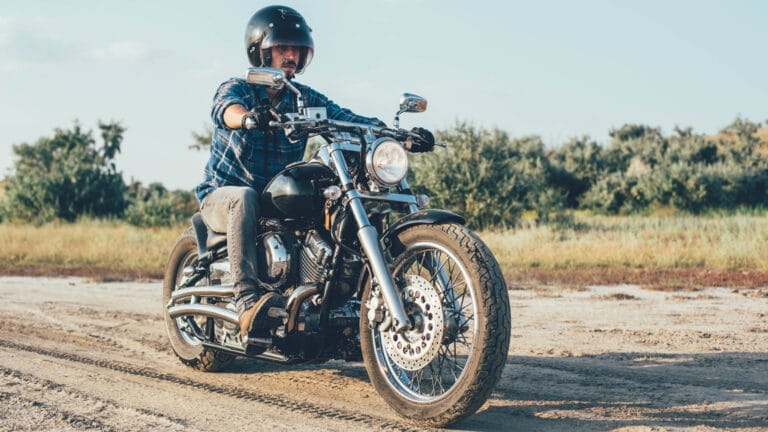Does A Motorcycle Battery Charge While Idling? A Complete Overview
As the motorcycle battery will charge normally when you are riding it, you won’t need any additional charging method. On the other hand, the engine will run even while idling, which charges the battery.
So, does a motorcycle battery charge while idling? Yes, but only if the voltage across the battery terminals is around 13V-14V. Though old motorbike models can’t achieve this voltage during idling, modern ones can. However, the charging rate in this case is lower than the charging while running the motorbike.
In this article, we will discuss the process, factors, and consequences of charging batteries at idle speed. Thus, tag along till the end.
Does A Motorcycle Battery Charge While Idling
Whether your motorcycle will charge or not while idling will depend on its model and alternator. To be sure, you need to check the battery voltage with a multimeter.
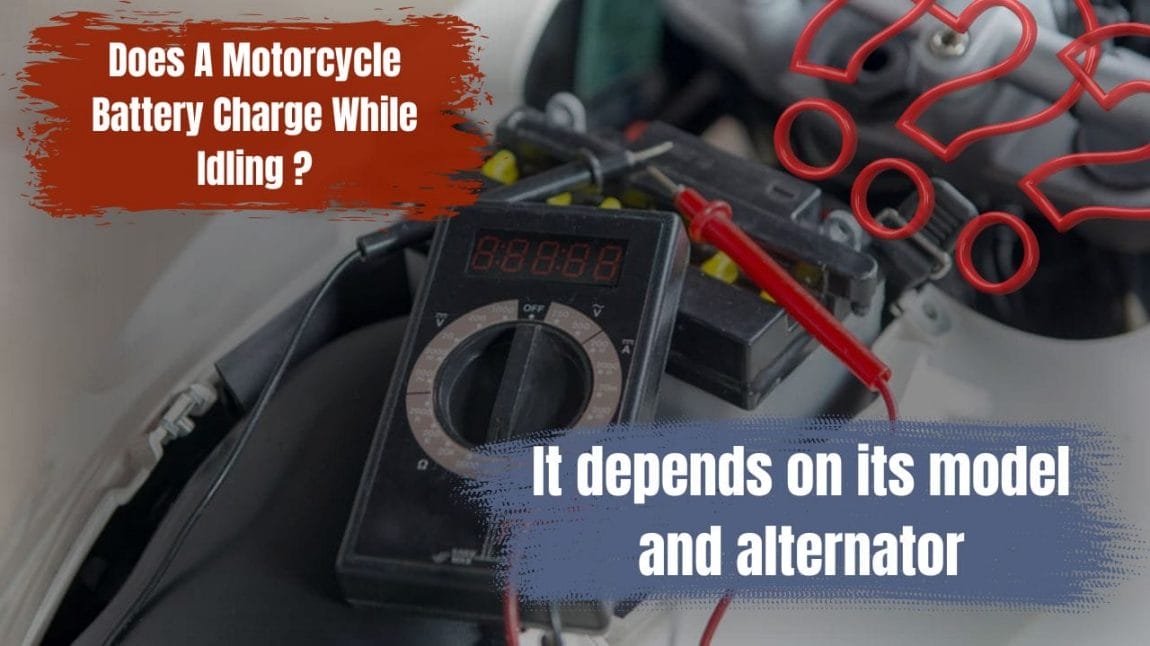
If the voltage is below 12.2 V while you are idling, then your battery won’t charge. But, if you find the voltage is around 13.2 V, then the battery is charging at that idle rpm.
An alternator requires around 13V-14V and 2000-3000 rotational speed to charge properly. In normal cases, your single-cylinder motorcycle has 1000 – 1200 rpm rotational speed at idle. But, for multi-cylinder ones, the speed will be approximately 1200 rpm-1300 rpm. Therefore, check the vehicle’s idle rpm to be sure whether it will charge while idling or not.
Most of the old bike models have permanent magnet alternators that won’t charge while idling. These require around 3000 rpm to 5000 rpm to charge the battery. Some motorcycles that come in the category are as follows.

- Vintage Harley’s
- Vintage English Triumph
- Norton
- BSA
- Triumph Speed 4,
- etc.
However, modern bikes like the Honda ST1100, Marauder 125, etc., contain automotive alternators. They can produce enough voltage at the idle rpm to charge the battery.
Even if your motorcycle is charging at idle, the charging rate will be quite low. For optimal charging, especially if the battery is significantly discharged, riding the motorcycle at higher speeds is recommended because it allows the alternator to generate more power.
How Does Motorcycle Battery Get Charged During Idling?
Here’s a simplified explanation of how the charging process at idle rpm works:

- Mechanical Motion
When the engine starts, the engine’s crankshaft will start rotating. The stator will use this mechanical motion to charge the battery. The higher the mechanical motion, the better the charging rate will be.
- Stator
There will be flywheels containing several magnets on the crankshaft. Those magnets will have south and north poles. Also, the metal core of the stator will have multiple metal poles.
As the flywheel rotates, the stator’s windings will be exposed to varying magnetic poles. Depending on the mechanical motion, the stator generates a certain output of AC.
- Regulator-rectifier Unit
The generated AC will pass through the rectifier of the regulator-rectifier unit. Here, the 3-phase AC will convert to a single DC output.
The voltage regulator checks both terminal’s DC voltages. This ensures that the charging voltage is suitable for your motorcycle’s electrical system and the battery. Besides, it makes sure that the voltage remains consistent all the time across the two terminals.
- Battery Charging
The regulated DC is then sent to your motorcycle’s battery, charging it. The charging rate may vary with engine speed. That’s why motorcycles that have higher idle rpm will endure higher charging while idle.
To understand the charging system better, look at the following picture:
What Affects Battery Charging Of Motorcycles During Idling?
Several factors can affect the battery charging of motorcycles during idling:
- Battery issues: A weak or old battery may not accept a charge efficiently. This situation will get worse, especially during idle. If the battery is significantly discharged or has internal problems, it could struggle to hold a charge.
- Electrical load: Your motorcycle may contain additional electrical load such as heated grips, lights, etc. If they are active while idling, it can strain the charging system. Therefore, the charging system will find it difficult to keep up with the demand. Sometimes, the flashlight may start flickering, indicating inadequate voltage.
- Carburetor Conditions: If there is any vacuum leak or fuel leak in the carburetor, it will affect the idling. As this will lead to poor idle speed, it will also affect the battery charging. In the first case, the carburetor will provide a higher air-to-fuel ratio to the engine. Then, in the second case, a fuel leak leads to an insufficient supply of fuel to the engine.
- Revving: By revving, you can optimize the battery charging at idle rpm. This will increase the amount of amperage served to the battery. Generally, throttling to 3000-4000 rpm at neutral gear can serve this goal. However, make sure you aren’t doing it for more than 5 seconds for a single rev.
- Charging System Health: A malfunctioning alternator, rectifier, or voltage regulator can weaken the charging system’s ability to generate and regulate power. This will also lead to inadequate charging at idle.
- Clogged air filter: If the air filter is clogged, it will hamper the charging process at idle speed. The clogged filter of your motorcycle will be responsible for poor and rough idling.
Consequences Of Charging Motorcycle Battery at Idling
Charging a motorcycle battery during idling has some consequences, such as:

- Incomplete Charging: If your motorbike’s battery is significantly discharged, idling alone may not provide enough charging power. In this case, ride the motorcycle at higher speeds or use a battery charger for a more complete charge.
- Drain the battery: Extended idling can put a strain on the motorcycle’s electrical system. This will occur especially if you keep additional electrical accessories on. Hence, this may cause a net drain on the battery rather than charging it.
- Fuel consumption: While idling the motorbike charges a little, it’s less fuel-efficient. This will cause unnecessary fuel consumption and empty the fuel tank faster.
- Condensation buildup: Generally, condescending forms inside the engine When the engine cools down. If you only keep idling your vehicle, over time, the moisture will build up inside the engine. This moisture may lead to corrosion of the internal engine components.
- Engine overheating: If you have an air-cooled motorcycle, you shouldn’t follow the idle-charging method. Leaving it idle for a longer period may cause catastrophic engine damage and may melt components.
Check this YouTube video to understand this issue better:
FAQs
In this FAQs section, we will answer several common questions about the idle charging of motorcycle batteries.
How Long My Motorcycle Will Take To Charge While Idling?
This depends on the Ah rating of the battery and the Amp rating of the alternator. The Ah/Amp result will be the corresponding hours required for the idle-speed charging. For example, an 18 Ah battery and a 1 Amp alternator will require 18 hours in this regard.
Will Cold Weather Affect The Charging Of Motorcycles While Idling?
Yes. In cold weather, the lubrication will be inadequate as the oil will be less runny. Thus, moving parts during idling may cause premature wearing of the vehicle’s motor.
How Long Will My Motorcycle Battery Last Without Idling Or Starting?
Your motorcycle’s battery will become flat if you leave it for 3-12 months without starting or idling. Due to self-discharge, the battery will discharge gradually. Generally, after 2 years, the condition of the battery will be unrecoverable by charging.
Conclusion
Throughout the guide, we discussed whether a motorcycle battery charges while idling. Generally, the battery will charge when it gets 13V-14V from the charging system. The motorbikes with permanent magnet alternators will fail, and motorbikes with automotive alternators will pass in this case.
As the charging rate is too low in idle conditions, you can optimize it by revving the vehicle. If you keep the flashlight on or the carburetor malfunctions, the charging efficiency reduces. If the battery is too much drained, we suggest using a battery charger or riding the motorcycle instead of idling.

